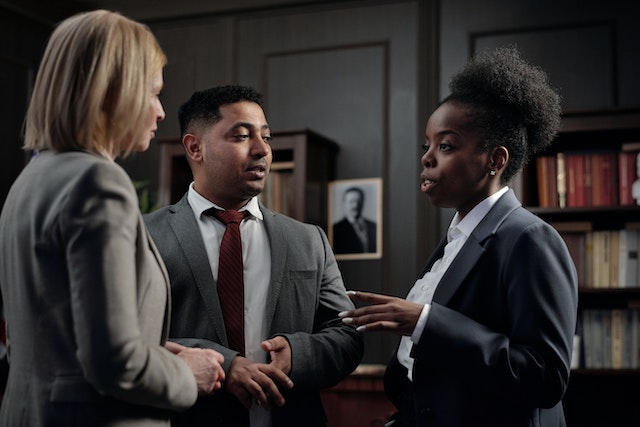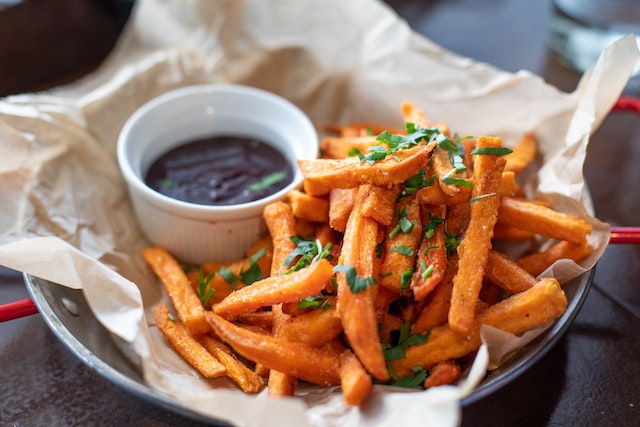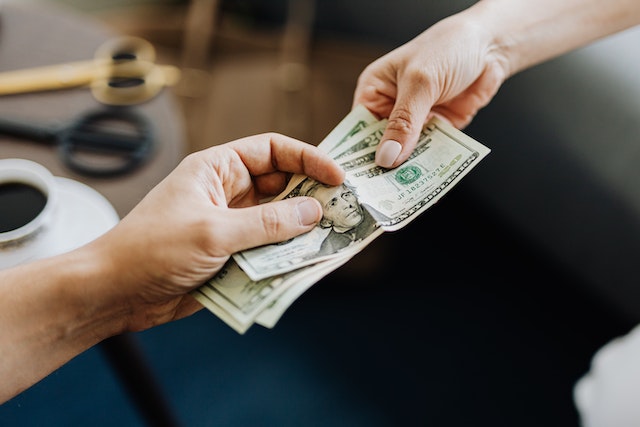Written by: Olivera Tolimir
Serbia is famous for its delicious food. But how to order food in Serbian restaurants and avoid staying hungry once you enter the country?
If you have no idea how to order in Serbian, don’t worry. The vast majority of Serbian waitstaff speaks English very well. You can ask for specialties, a menu, or your favorite drink. Whatever you choose, they’ll understand and accommodate you.
But if the scenario above sounds too easy, try ordering in Serbian! We guarantee the servers will be thrilled and will probably make a joke to make you more comfortable.
Easy for you to say, you probably think. I don’t know how to order in Serbian! We hear you, and we’re here to help you!
If learning all the different types of meals in Serbian sounds too challenging, try ordering a coffee in Serbian first! Then, you can slowly progress to all the main courses, side dishes, and desserts.
We won’t bother you with the names of various dishes in Serbian now. Many international dishes sound similar in every language: spaghetti, burger, lasagne, etc. So, we’ll focus on the correct ways of phrasing your order in Serbian restaurants.

Don’t be too polite
The advice above may sound strange. But it makes sense. Serbs prefer a warm type of politeness. It means that we don’t keep our distance from strangers to show we respect them. Instead, we act very friendly, like we’ve known each other for some time.
So, it’s unnatural for a guest to order food in Serbian by saying: Please, could I get ____________ (insert a type of meal here)? Instead, we’ll usually just name the dish in Accusative.
For example, imagine you want to eat a delicious pljeskavica s lukom (a burger with onions). When a waiter approaches you and says: Izvolite, you say: Pljeskavicu s lukom.
It’s perfectly polite and more than acceptable. However, if you find yourself uncomfortable (like you’re giving an order), add a please after. If the waiter or the waitress is around your age, say: Pljeskavicu s lukom, molim te. If they’re older and you want to show respect, say: Pljeskavicu s lukom, molim Vas.
If you wonder how to order in Serbian if you’re not alone in a restaurant, it’s also fine to start the sentence with, Za mene… / Meni… / Ja ću… and then proceed with your order. All three phrases translate as For me…
You’ll sometimes see regulars order using the words, Daj mi… and then, they say what they’d like. These words translate as, Give me _______ (insert the order here). It sounds harsh, but it’s not. It’s usual for people in Serbia to develop a friendly relationship with waiters in their favorite restaurants, so they speak with them directly. That’s the type of warm politeness we’ve mentioned earlier.

How to order in Serbian restaurants: Main course and side dishes
Speaking of pljeskavica and its relishes, it’s useful to know the words for the main course and a side dish if you’d like to order in Serbian correctly.
A main dish in Serbian is glavno jelo, while we use the word prilog (plural: prilozi) for side dishes/relishes. So, when you order a pljeskavica, a waiter will always ask: Šta želite od priloga? It means: What do you want to relish?
Then, you choose from everything a particular restaurant offers as a prilog to pljeskavica. It can be pavlaka (sour cream), ajvar, senf (mustard), majonez (mayo), kečap (ketchup), urnebes, luk (onion), krastavac (cucumber), paradajz (tomato), kiseli krastavci (pickles), kupus (cabbage), zelena salata (lettuce), and so on.
So, if you’d like to add sour cream, onions, and pickles to your pljeskavica, put those terms in Accusative. It means you’d say: Pavlaku, luk i kisele krastavce.
The word prilog is also used to explain, for example, whether you’d like mashed potatoes, fries, or rice with your schnitzel. Here are the most common garnishes in Serbia:
-
- mashed potatoes: pire krompir
-
- baked potatoes: kuvani krompir
-
- fries: pomfrit
-
- rice: pirinač / riža.

Before the main course, you may want to try some appetizers. We call them predjelo (plural: predjela). It literally means before a meal. If you’re not a fan of cheese and ham platters, you can order a soup to warm up. You’ll memorize the word for soup easily: it’s supa. If it’s thick, we call it čorba.
To make your life sweeter, finish with a dessert. You’ll easily recognize this word in a menu, too: desert. Sometimes, you’ll find the words poslastice or slatko instead of desert.
Serbians like cakes, so you’ll find various types of fruit and chocolate cakes in any better Serbian restaurant. In almost every restaurant, you’ll find palačinke. Those are Serbian pancakes. Well, the better translation would be crepes, since they’re thin. We spread jam, walnuts, Nutella, cherries, and many other toppings on them, roll, and enjoy!
Calling the waiter
The politest way to call your waiter is to raise your hand and say, Izvini(te)! The meaning is the same as the English phrase: Excuse me.
Again, don’t forget to estimate if you’re supposed to opt for a formal or informal way of speaking. If your waiter/waitress is older, use the polite form Izvinite, and if they’re young, Izvini is perfectly fine. If you’re unsure, use the polite form.
Paying for your food

After you’ve enjoyed your meal, it’s time to pay for it! Call your waiter/waitress by saying, Izvini(te) and then ask for a bill. The shortest and most effective way to ask for a bill is Račun, molim te / Račun, molim Vas. The word račun means a bill.
To be even more polite, you can ask, Mogu li da platim? It means, Can I pay? If you weren’t alone in a restaurant, say, Možemo li da platimo? It means, Can we pay?
In Serbia, it’s a custom to leave a tip to your waiter. It should be approximately 5-10 % of your total bill. We don’t leave a tip only if we’re extremely unsatisfied with the service. Your waiter will forgive you for not knowing how to order food in Serbian, but they’ll hardly forget you haven’t left them the tip!
To leave a tip to your waiter, simply hand them the money and say the amount you’d like to pay. (Of course, it can’t be smaller than your bill). For example, if your bill is 2350 dinars, you can hand the waiter 3000 and say, Dve hiljade petsto (2500). Or, you can give exactly 2500 dinars and say, U redu je. It means It’s okay. And it translates as I don’t need change.
We cover this topic in our A1.2 Upper-Beginner self-paced course. Check it out!



